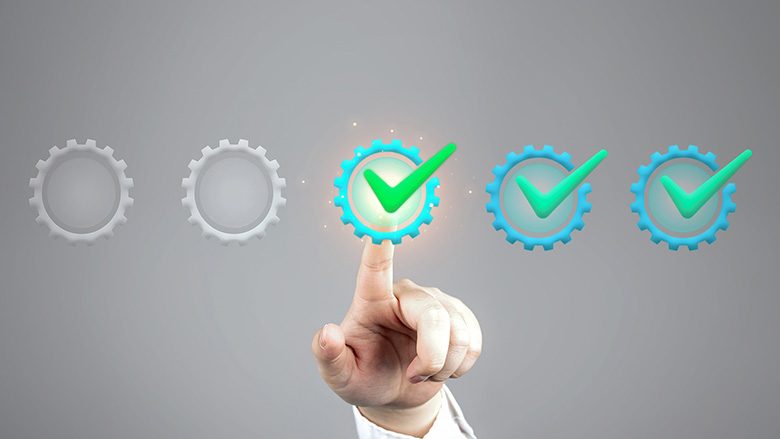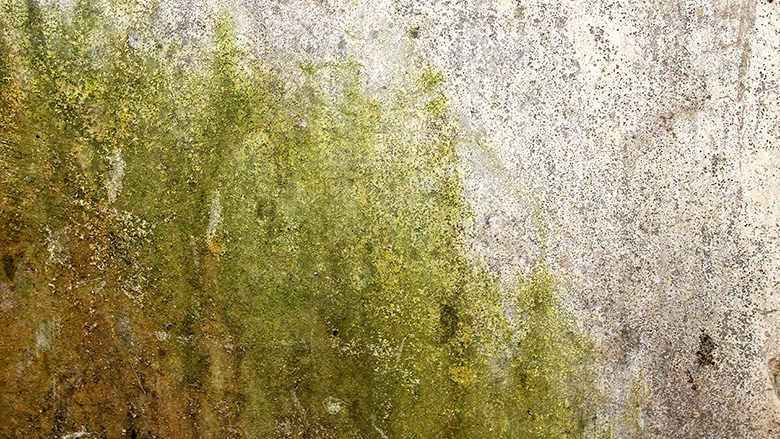The Benefits of Thermography

There are thousands of companies in the United States serving customers with moisture- and mold-related issues. Moisture is everywhere. Like many things, it is good when in balance. But too much moisture in buildings can result in costly deterioration of the materials and mold growth, potentially leading to unsafe living or working conditions. Customers are looking for qualified firms or individuals who can quickly, accurately and economically locate and determine whether or not there are elevated moisture levels in their homes or commercial buildings. If the moisture levels are elevated, the customer will want them returned to acceptable levels. That’s why restorers and remediators should be interested in the science of thermography.
How can the professional restorer quickly and accurately locate moisture issues? Moisture meters and borescopes have been and are still the recognized tools for verifying the presence of moisture when it is not visible. But using only a moisture meter in the investigation can be a very slow process. This is where the infrared camera becomes so valuable. First of all, it must be stated that the IR camera is not a moisture meter. It is a thermal-imaging camera that detects temperature differences. Where there is elevated moisture in or on interior building materials, there is usually evaporative cooling. If necessary, the building can be modified to enhance evaporative cooling. Since evaporation lowers the temperature of wet surfaces, the IR camera can easily and quickly locate suspect areas needing further investigation. Both the IR camera and the moisture meter are needed to perform a building moisture investigation. So, after the IR camera locates an anomaly, we verify the presence or absence of moisture with a moisture meter.

Everyone agrees that time is money. Every hour you spend on a job is an expense to you. If the job is suddenly going to take an extra day that was not accounted for in your original bid, you immediately translate that into lost profits, right? How long would it take you to thoroughly inspect 2,500 square feet of floor, wall and ceiling areas from a Class 3 water loss for moisture using a moisture meter? Perhaps an hour, or hours, depending upon how thorough the inspection, and that’s expensive.
How long would it take you to do the same job using an IR camera and a moisture meter? Perhaps minutes, and certainly a fraction of the time spent with a moisture meter alone. A trained thermographer can pan through a room that size and check questionable areas in a matter of minutes. Using an IR camera significantly reduces inspection times, resulting in reduced labor costs.
The same thing applies to monitoring the drying process. It would take a lot of time to check every square inch of the area you are drying and you can easily miss areas of moisture. On the other hand, the IR camera can quickly show you and the customer the progress of the restoration and where to focus your drying efforts. Again, you are saving time, money, and you are getting a great return on your investment in customer satisfaction.

“In addition to using thermography during an energy audit, you should have a scan done before purchasing a house; even new houses can have defects in their thermal envelopes. You may wish to include a clause in the contract requiring a thermographic scan of the house...The cost of a thermographic inspection ranges from $200 to $500, depending on the size of your home and the service provided.”
In the article, the government acknowledged the benefits of IR technology for the consumer and suggested a cost to the consumer for such an inspection.

Do you have good documentation clearly showing you left the property dry? There’s no better documentation than “before” and “after” IR images, along with moisture meter readings, showing that you completed the job. This documentation can facilitate better customer relations; help to prevent disputes from developing into litigation; and successfully defend you in the case of litigation. These savings, not to mention the resulting peace of mind, more than justify the cost outlay for an IR camera.
IR documentation can help determine the appropriate time for keeping equipment onsite. The equipment needs to be removed when you have reached your drying goal. This documentation will assist in justifying your invoice and updating the insurance representative’s file.

What are the benefits of thermography to the property owner? Property owners are rightly concerned about two major things: physical protection of the property and the health and satisfaction of the tenants. Water damage can lead to deterioration of the property, and the cost of repairs can escalate with time. Mold can adversely affect the health of the occupants, resulting in a host of problems, including the loss of a tenant. Therefore, it is wise to use the best technology available to locate, restore and remediate any such issues. Property owners who hire restorers trained to properly use IR technology receive a more thorough and accurate investigation of water and moisture problems.

We have seen a positive trend in the use of IR cameras by restorers. More and more companies are choosing to add this technology, and it appears that trend will continue. It is our nature, though, to focus on the front-end expense rather than the back-end return on investment. Successful business people will tell you, it’s not what it costs; it’s what it makes or saves that determines whether or not it was a good investment. If you liked this feature circle 129 on page 51.
Looking for a reprint of this article?
From high-res PDFs to custom plaques, order your copy today!


